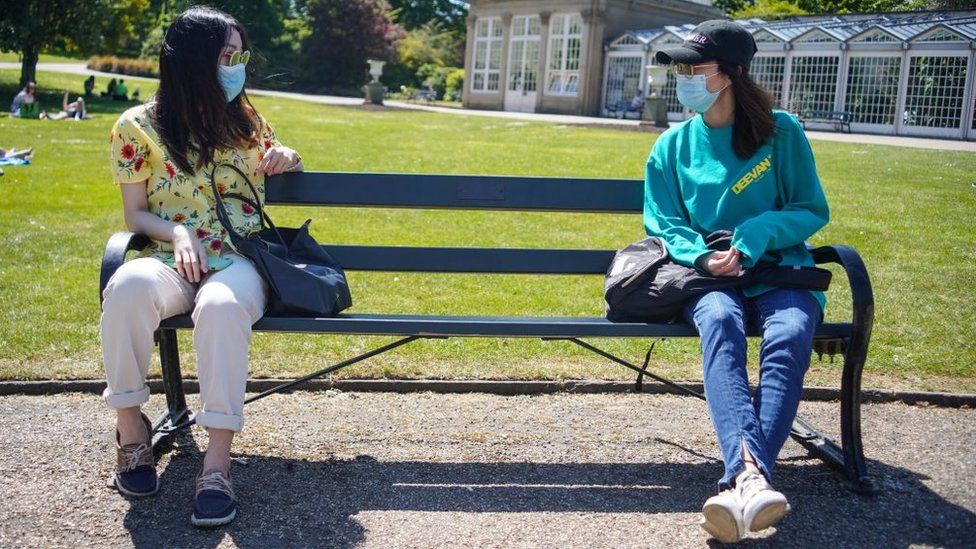NEW YORK: Physical distancing is an effective intervention in all settings, versus other forms of transmission rate depending on the transmission probability, according to researchers who reported a model for estimating the number of new COVID-19 infections.
A research study published by Proceedings of the National Academy of Sciences (PNAS) indicates that social distancing could be a potent tool for intervention in all settings, but the relative effectiveness of “social bubbling”, defined as restricting contacts to a small group of people, versus other forms of transmission rate is subject to the higher or lower intensity of the transmission probability.
Coronavirus is a global pandemic with over 25 million cases worldwide. Currently, treatments are limited, and there is no approved vaccine. Interventions such as handwashing, masks, social distancing, and “social bubbles” are used to limit community transmission, but it is challenging to choose the best interventions for a given activity.
The researchers involved in the study provided a ‘simple’ model of coronavirus transmission at workplaces, events, and other settings. They used data from reported single-event, short-duration outbreaks to estimate the transmission rate, number of contacts, and turnover at events, which was later used to predict how many new infections were expected to occur at various events given the presence of a single infectious individual. The researchers then determined which type of intervention will be the most effective in reducing the number of COVID-19 infections — reducing transmission rates (such as with masks), social distancing (reducing the number of people in contact), or bubbling (keeping contact groups small and consistent).
The team involved in the study introduced the concept of “event R”, the expected number of new infections due to the presence of a single infectious individual at an event. They obtained a fundamental relationship between event R and four parameters — transmission intensity, duration of exposure, the proximity of individuals, and the degree of mixing.
Reports of small outbreaks were used to establish event R and transmission intensity in a range of settings. The study identifies the principles that guide whether physical distancing, masks, and other barriers to transmission, or social bubbles would be most effective.
In all events, interventions that increased distancing were effective, however, in events that were already static, the relative importance of reducing transmission was much greater in the linear setting. For events where there was mixing, bubbling was an extremely powerful intervention in the saturating case but proved to less significant in the linear case.
A range of new outbreak settings will likely be reported as more activities reopen. The largest outbreaks reported to date have naturally included cases arising over many days and have taken place in long-term care facilities, meat- and poultry-packing facilities, correctional facilities, and other high-transmission environments. In a closed setting with a fixed population, if the event’s duration is defined to be the duration of infectiousness, event R is the classic “basic reproduction number,” R0R0 (the expected number of new infections an individual is expected to create in a fully susceptible population).
To conclude, the research study proposes that organisers, workplaces, businesses, and so on could seek to determine if their setting is likely to be linear or saturating and whether people mix strongly or remain in small groups (or bubbles). (ANI)






